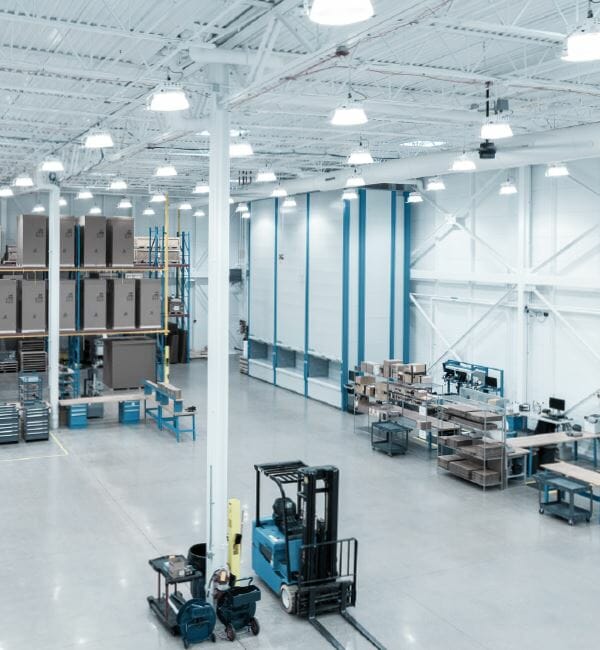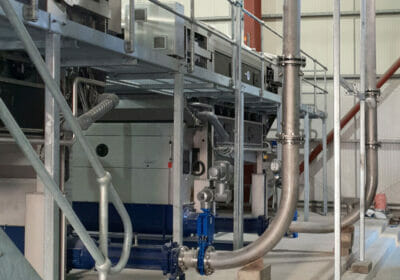UK Distribution Centres (DCs) in 2022 have some major challenges if they want to keep up with demand and unprecedented rapid e-commerce growth, plus Covid-19 and Brexit has increased labour problems, which is leaving DCs struggling to find qualified workers.
Preparing DCs for the coming year means understanding the onslaught of potential new business. Online sales are expected to exceed $1 trillion in 2022, according to eMarketer, which is a milestone that was not originally projected to be reached until 2024… This unprecedented growth and the labour shortage, DCs must address the management of their processes now going forward…
As customers continue to demand faster delivery, DCs are forced to have more inventory on hand than ever have before. “Just in time” inventory strategies no longer cut it. In 2022, DCs will pivot to “just in case” inventory strategies that will help reduce or prevent future supply chain disruptions. By holding more inventory, DCs will attempt to avoid inventory shortages faced in 2020 and 2021 due to global supply chain interruptions. Once the supply chain begins to return to normalcy, DCs will slowly transition back to typical “just in time” inventory strategies.
Many DCs were built to pick cases of goods, place them on pallets and ship them to retailers. But now, DCs must not only fill retail shop orders, but also send out – one item, rather than a case of items –directly to a consumer.
To successfully fill online, in person and phone customer orders, as well as orders for retail shops – all at once and as quickly as possible – DCs are seeking new fulfilment strategies in an effort to pivot from a classic distribution model to omni-channel distribution. More and more retailers will be utilising existing brick and mortar shop locations for fulfilment.
DCs will leverage existing retail shops (or locations that have recently closed) into micro-distribution centers that are closer to customers, resulting in quicker delivery. This does come with a unique set of challenges – inventory visibility across locations, order fulfilment routing and disrupting the in-store customer experience. By 2023, same-day delivery is expected to be the standard for most e-commerce purchases, a direct result of customers who prefer to use their mobile devices for purchases and expect immediate delivery.
In the meantime, you need to figure out how to accommodate more inventory in the short-term – and automated storage and retrieval solutions can be a great solution.
A consequence often overlooked are returns. As e-commerce retail sales are expected to increase yet again this year, so will returns. In response, DCs will be forced to focus on growing returns, particularly by streamlining the returns process to be more efficient. In 2022, DCs will look to implement automated returns processes (also known as reverse logistics) to help them identify returned items quickly, assess the items for restocking and return the value of the item to the customer.
All of this is impacted by the demand for space, DCs will look to utilise automated storage and retrieval systems to “build up” existing facilities – utilising ceiling height to get more space in the same footprint. For older buildings with shorter ceiling heights, these solutions can be built within an outside enclosure and accessed from within the building to create more space.
As evidenced by each of these trends there is no doubt about it – DCs need to evolve to survive. Embracing innovation while creating a more flexible fulfilment strategy is going to help overcome the labour shortage, supply chain disruption and rapid e-commerce growth in 2022. As you prepare for the year to come, consider implementing automation to modernise your operations. Kardex Remstar offers automated storage and retrieval systems to enhance throughput and expand storage space. Kardex Remstar solutions will help overcome these challenges and provide the flexibility you need in the future.
Download the free white paper: https://info.kardex-remstar.com/22-dc-trends-2022-0







